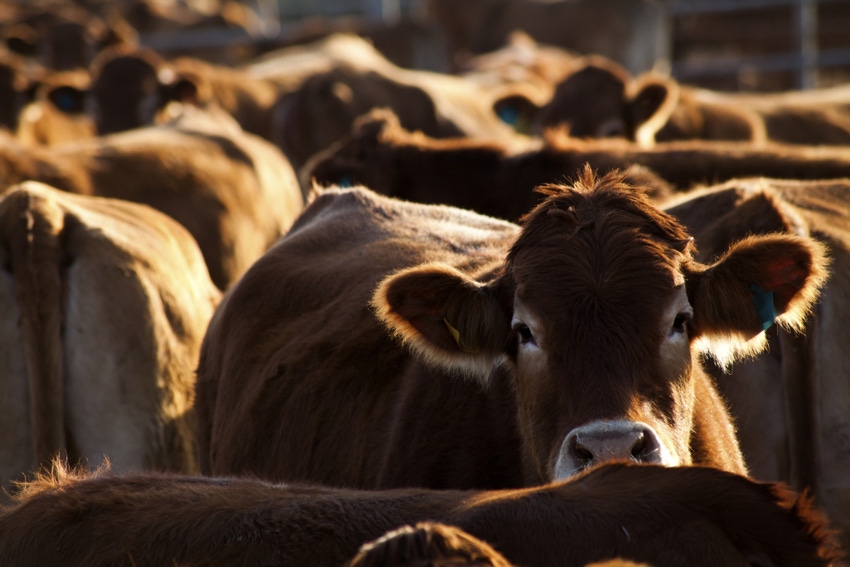Grant issued in 2015 starting to match cattle to specific environments in U.S.
May 13, 2019

In 2015, University of Missouri Division of Animal Sciences assistant professor Jared Decker received a $2 million grant from the U.S. Department of Agriculture to create genetic and genomic predictions that would allow producers, farmers and ranchers to identify the cattle that are going to perform the best in their specific environment.
Graduate student Troy Rowan arrived at the university in 2016 and has spent the past two-and-a-half years as part of Decker’s grant, according to the University of Missouri.
“We’re trying to find the genetic basis for how cattle match to certain environments around the United States,” Rowan said. “Our ultimate goal is to find ways to match cattle to their environments so that producers can make educated decisions about which animals are going to work best for them.”
Rowan’s work earned a presentation at the Biology of Genomes Meeting, which was held recently at the Cold Spring Harbor Laboratory in New York.
He is using models to look at changes in DNA variants over time in an attempt to figure out how those variants alter traits under selection.
“We’re studying which area of the animal’s DNA have been under strong selection in certain environments,” Rowan said. “We’re finding ways to then group the cattle together based on shared environments. Our task is then to figure out what’s genetically different about these populations.”
Rowan’s data comes from collaborations with three breed associations: the American Simmental Assn., the Red Angus Association of America and the American Gelbvieh Assn., the university noted in an announcement.
“The breed associations collect DNA from producers across the country,” Rowan said. “They’re collecting DNA and doing genomics in house to enhance their own predictions, but that’s the end of the life of those genotypes. We’ve gone to the associations and asked if they could share those genotypes so that we can do further research. Everything we find we feed right back to them to implement how they see fit. This relationship is huge for us. The data they are sharing with us would have cost a lot of money and a lot of hours in sample collection.”
He added that through the research, “we’re trying to find what matters and whether it makes sense with what we’re doing. You have to find a balance. All of what we’re doing is computational. It’s important to tie what we’re finding on the computer to what’s biologically happening in the real world. I really enjoy making those connections.”
A recent result Rowan happened upon was a gene related to cold climates, the announcement said.
“We found a strong selection in cold climates for this one gene, which has been identified in other cattle populations in Siberia as a cold-tolerant gene,” Rowan said. “It’s always exciting to find some genes that make sense. This was a really cool result.”
You May Also Like


.png?width=300&auto=webp&quality=80&disable=upscale)
